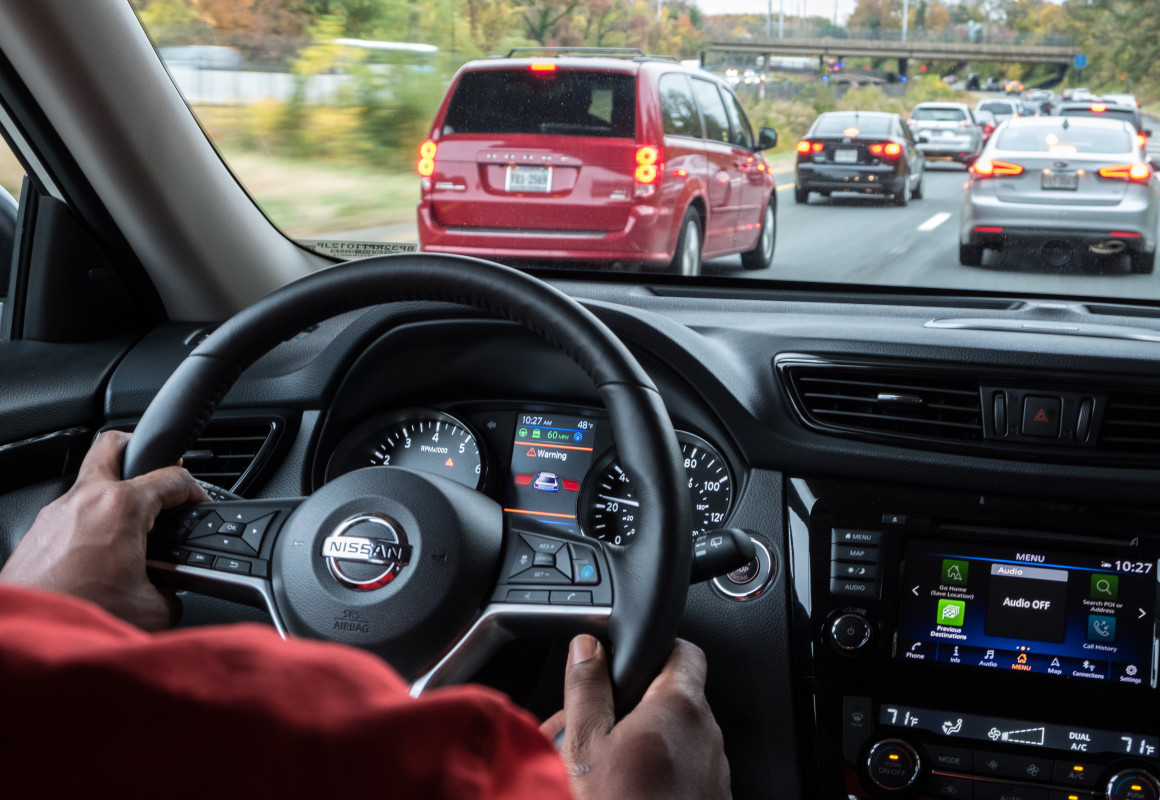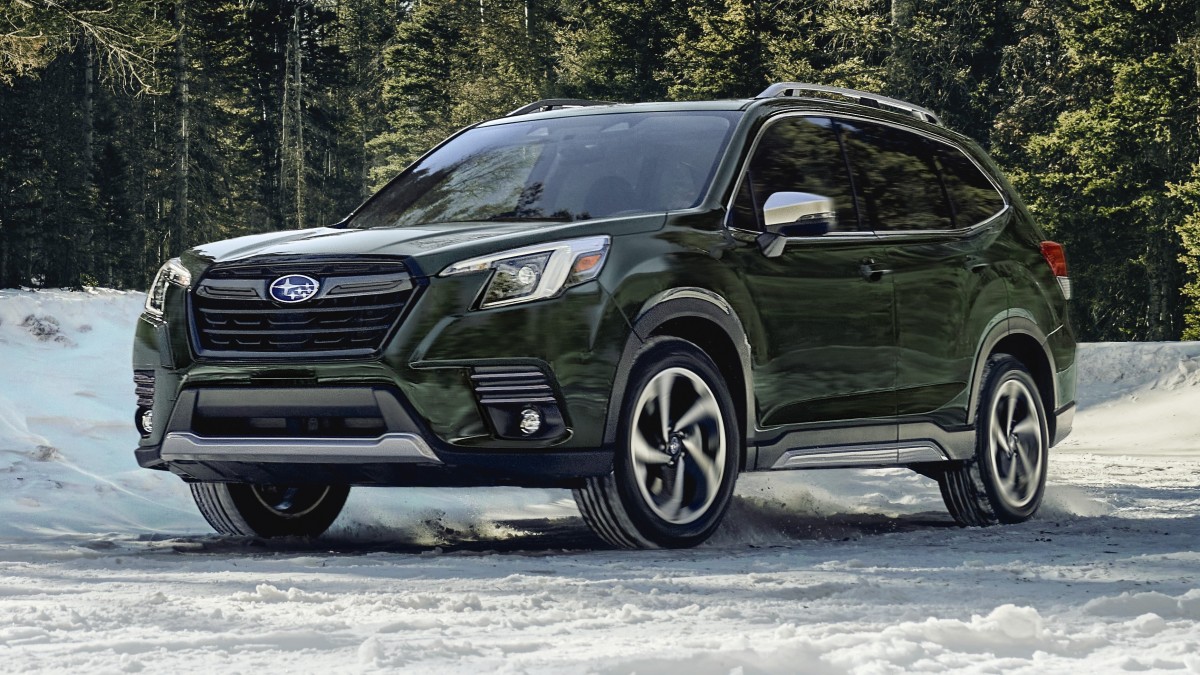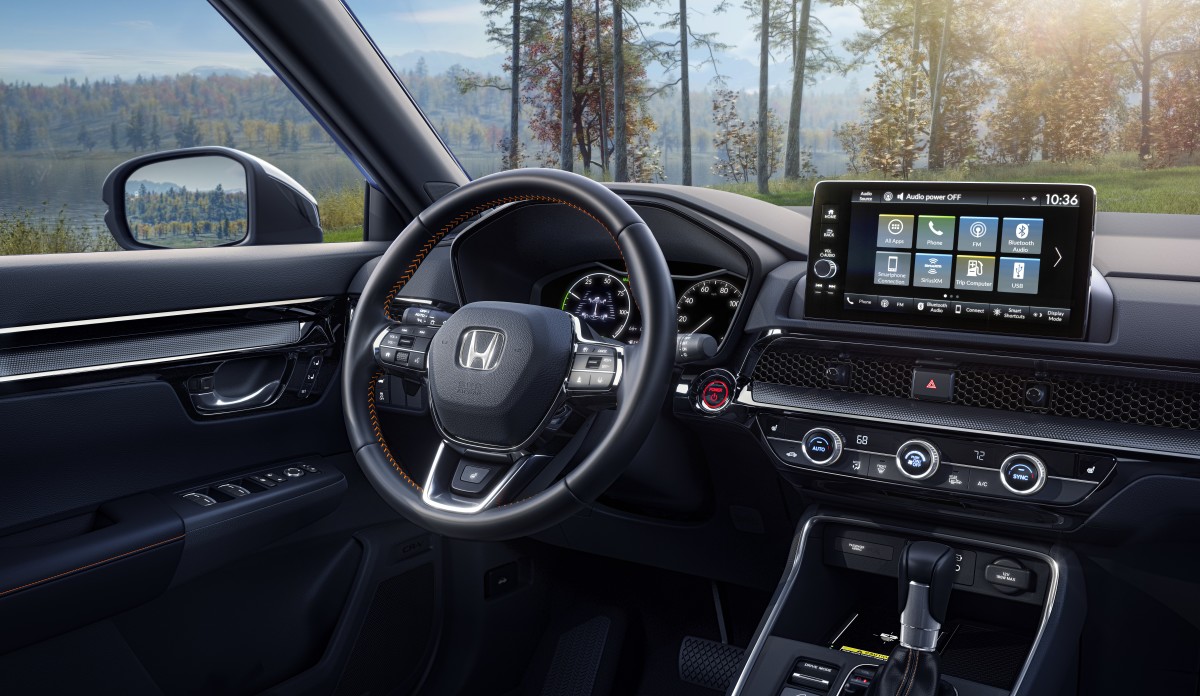
Crash prevention technology is a common feature found in popular vehicles from automakers such as Toyota (TM) , Honda (HMC) and General Motors (GM) . This essential piece of tech uses sensors, cameras and driver alerts to help prevent crashes and keep drivers and their vehicles safe.
The automotive safety organization, the Insurance Institute for Highway Safety (IIHS), is evolving its tests to accommodate for this technology, but recent tests have shown that not all safety suites on offer are made equal.
Related: Subaru is bidding farewell to a fan-favorite model after 36 years
In its latest iteration of its vehicle-to-vehicle front crash prevention test, the IIHS tested 10 2023-2024 small SUVs from brands like Chevrolet, Mazda, Volkswagen, Toyota, Honda, Jeep, Hyundai, Ford, Subaru and Mitsubishi to see if its electronic gizmos would be up to par in preventing a crash.
Like many of its other tests, the IIHS issued the test vehicles one of four ratings – Good being the best score, followed by Acceptable, Marginal, and Poor.
Out of the 10 vehicles it tested, the institute assigned four 'poor' ratings, with the Chevrolet Equinox, Mazda CX-5, Mitsubishi Outlander and Volkswagen Taos receiving its lowest marks. The lone vehicle that received its highest mark — the coveted 'good' rating, was the Subaru Forester (FUJHF) .

Subaru
The IIHS's new test accesses each of the 10 cars' collision warning alerts and automatic emergency braking systems to see if they work at 'normal' traffic speeds of 31, 37 and 43 miles per hour.
The test itself uses dummy vehicles resembling another car, a motorcycle and rider, as well as an actual trailer that would normally find itself home on the back of an 18-wheeler. According to the IIHS, these scenarios are reflective of a bigger potion of police-reported front-to-rear crashes.
“Obviously, crashes that happen at higher speeds are more dangerous,” said IIHS Senior Research Scientist David Kidd. “Deadly underride crashes often occur when the struck vehicle is a large truck, and motorcyclists are frequently killed when they’re rear-ended by a passenger car, since their bike offers no protection from the impact.”

Honda
During the test, an IIHS engineer drives the vehicle toward the targets at the designated speed, taking notice of when the collision warning occurs and how much effective the automatic emergency braking system slows down to avoid hitting the dummies.
According to the IIHS, the test speeds were bumped up to challenge the manufacturers. In the previous test, the test vehicles were tested at 12 and 25 miles per hour, and all of them earned top marks.
"We saw that there was a need to increase the test speed as well as look at other targets to really push the manufacturers to improve these systems beyond what our previous requirements were," IIHS active safety vice president David Aylor said.
More Automotive:
- BMW exec says it's the end of the line for a popular option among car enthusiasts
- Mercedes just took a subtle dig at its biggest luxury rival
- Ford is taking away a convenient feature because no one uses it
The Honda CR-V and Toyota RAV4 received the IIHS's second highest rating of "acceptable," while the Hyundai Tucson, Ford Escape and Jeep Compass were rated right below at "marginal," the rating just shy of a "poor rating."
"The biggest struggle for many of the vehicles in this test was the motorcycle — it's clearly much harder to pick up on," Aylor said. "It's a smaller profile, and I think many of the manufacturers could improve their rating by increasing awareness of that target."
Related: Veteran fund manager picks favorite stocks for 2024







